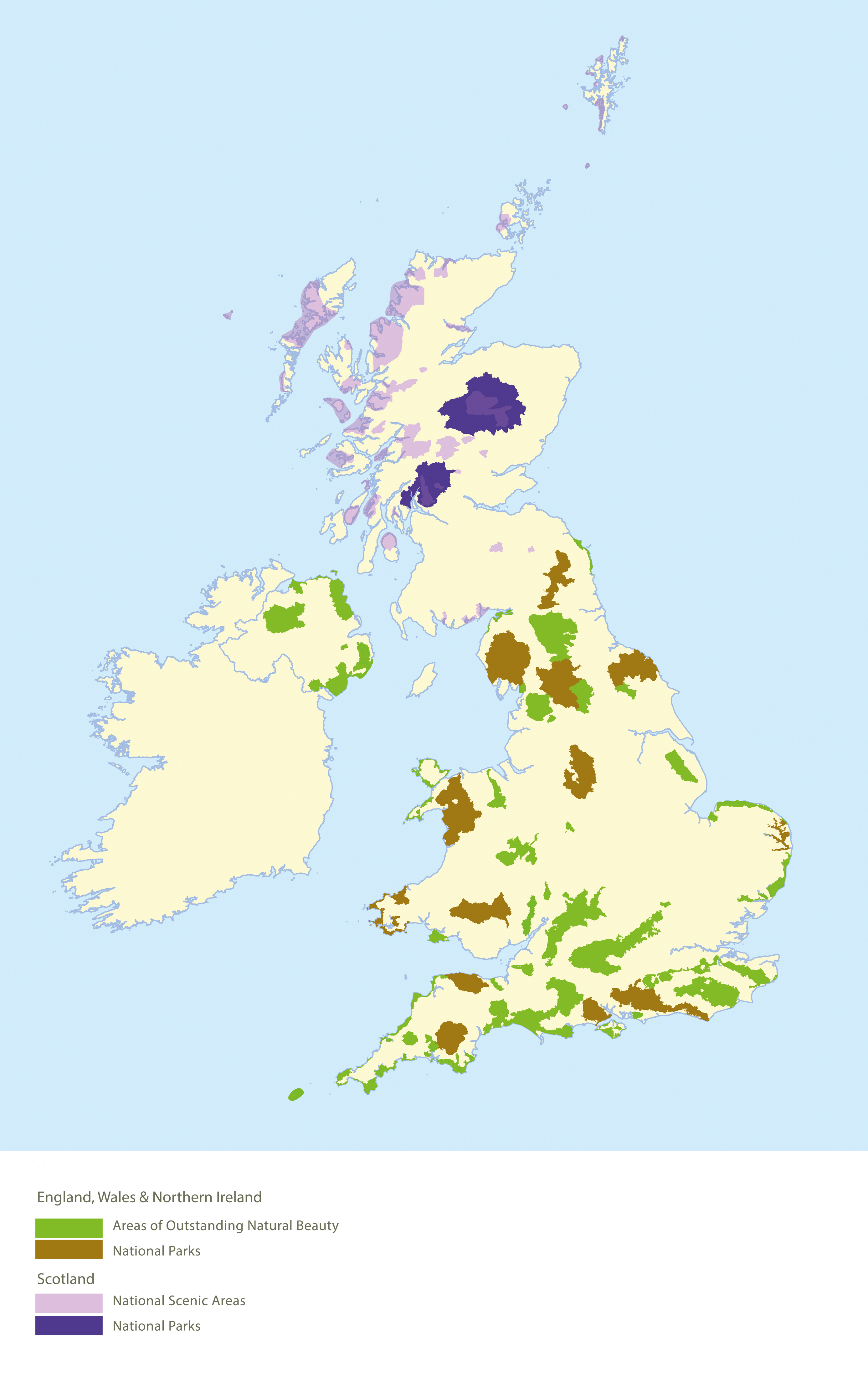2.5. Managing the Dorset National Landscape
Most of the Dorset National Landscape is in private ownership and actively farmed (over 70%). The Dorset National Landscape Partnership has influence over the landscape through the planning process, by offering and shaping grants and other incentives, and through guidance and advice. There are many decisions affecting the landscape over which the Partnership has no direct influence; however it seeks to improve understanding of the designation to enable better decisions to be taken.
Delivery of the Dorset National Landscape Management Plan is coordinated by the Dorset National Landscape Partnership, which brings together local authorities, statutory agencies, local community and landowner representatives (key partners are listed in chapter 8). The Partnership has a dedicated staff team which delivers a wide range of projects and advises on activities and initiatives in the National Landscape. Core activity is funded by Defra and Dorset Council as the local authority with responsibility for this National Landscape; significant additional funds are raised for Partnership projects.
The Partnership also works closely with a wide range of organisations, communities and landowners across the area, notably Activate Performing Arts, Dorset Arts Development Company, Dorset Coast Forum, Dorset Council, Dorset Food & Drink, Dorset Wildlife Trust, National Trust, Natural England, RSPB, and many others. The success of the Partnership is dependent on its close working relations with these organisations and those who farm, live and work here.
The National Landscape Partnership also works with the Dorset Health & Wellbeing Board, Dorset Local Nature Partnership, Catchment Partnerships and the Local Access Forum, raising issues and promoting opportunities afforded by the National Landscape.

